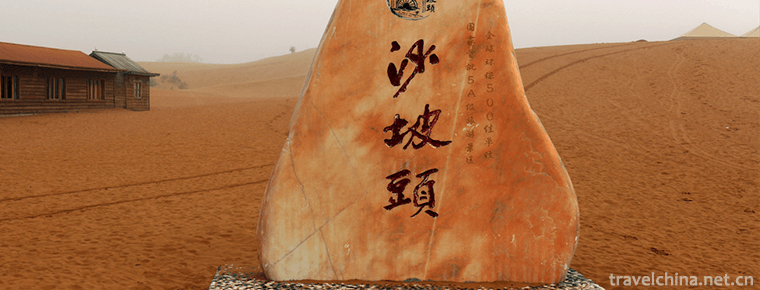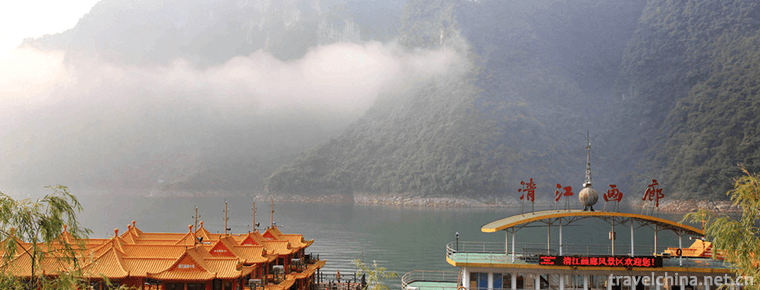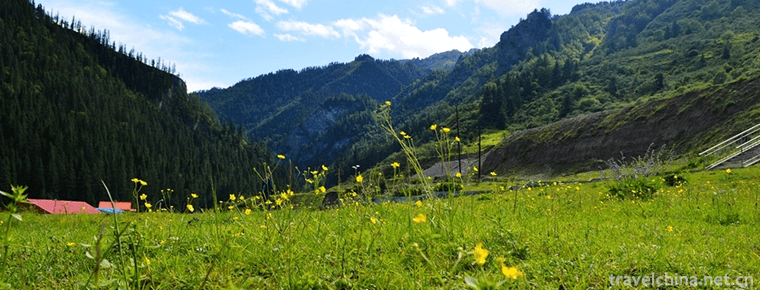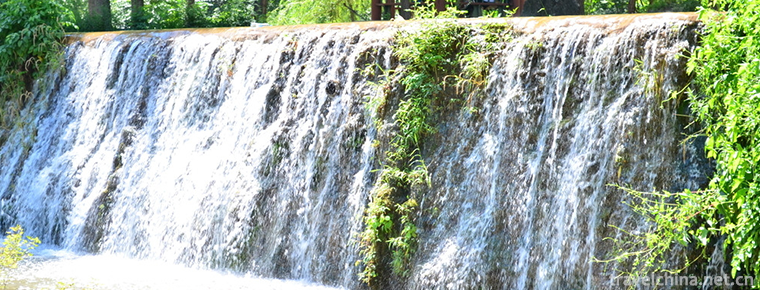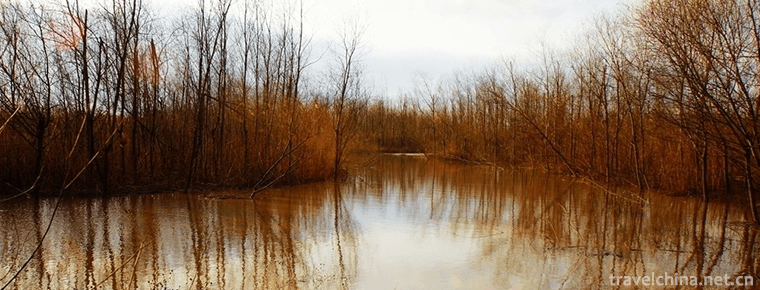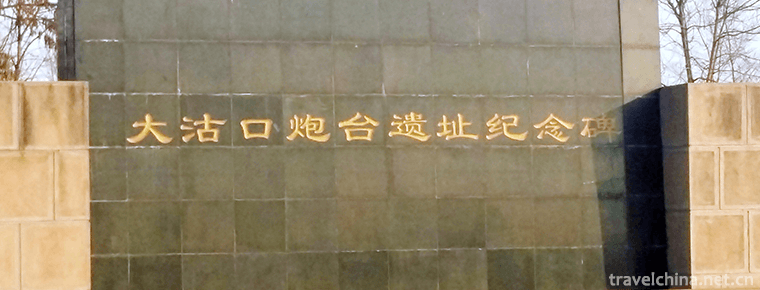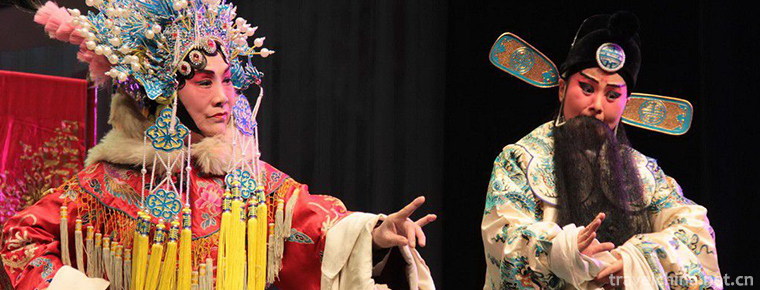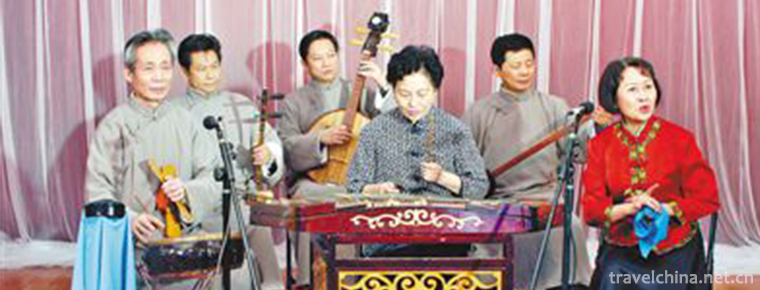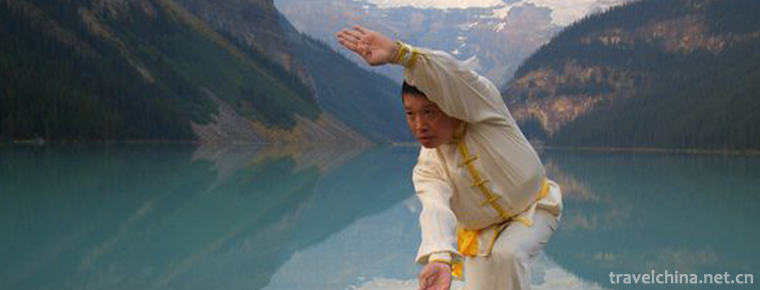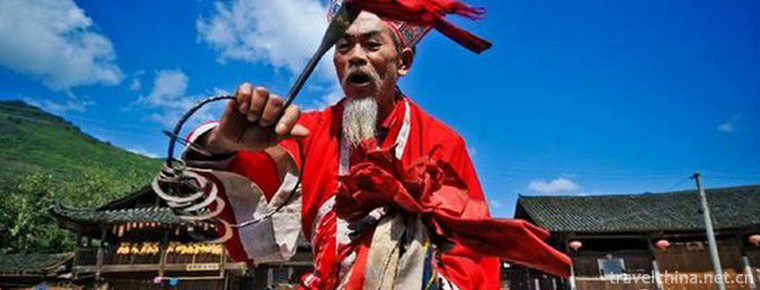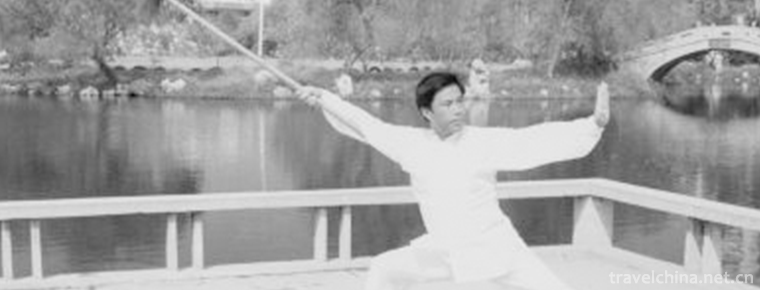Yasuaki
Yasuaki
Anzhao is an ancient Tu dance. It's popular with mutual aid. When celebrating festivals, harvest celebrations and weddings, people gather in the courtyard or on the wheat threshing ground to dance the Anzhao dance. When dancing, men and women meet in a circle, led by a good singer and dancer, followed by people singing and dancing, singing in harmony, the atmosphere is harmonious and warm. Dance movements: First bend down, swing arms around several times, then take a high jump step to the right turn, turn the arms up. The movements go round and round. The dance steps are light and graceful with unique style.
On May 23, 2011, Anzhao declared by Huzhu Tu Autonomous County of Qinghai Province was listed in the third batch of national intangible cultural heritage list by the State Council.
historical origin
There are many folklores about the origin of Anzhao dance. Some people think that it is a kind of dance that Mrs. Lu danced in order to confuse Wang Mang when she came down to Wang Mang; others think that dancing An Zhao dance is "the main content of Tu people's songs and dances to express Tu people's love and yearning for a better life in the form of singing and dancing in order to praise the grace of mountains and rivers, praise the achievements of their ancestors, bless the prosperity of local people, bumper grain, fat cattle and sheep, etc." Others say, "In ancient times, people hunted in groups. Around their prey, they are cheering and jumping, expressing their feelings of great joy, showing stubborn and tough character, symbolizing harvest and victory. It is not known what is right or wrong. However, after a long period of spread and evolution, Anzhao has become an important way for the Turkish people to enjoy themselves, and is loved by more and more people.
artistic characteristics
There are many kinds of Anzhao dances, such as Hingma Lao, Call, Lageramo, Solo and so on. It belongs to the category of festival and joy in family songs. The melody and dance steps are closely coordinated, the rhythm is lively, and changes with the content of the lyrics. Women dance gracefully, delicately and gently, while men dance roughly, cheerfully and generously.
Wheel Autumn Dance
According to legend, after the Turkish people changed from nomadic to farming, they had wooden wheels and busy farms. On the wheat farm, several toys unintentionally overturned the cart, climbed on the wheels and rotated freely, which became the most primitive wheel autumn. Every autumn harvest season, after rolling, people erect the axle of the boarding car (wooden wheeled cart) which unloads the shed with the wheels on the flat and broad wheat farm or spacious ground. The wheels under it are pressed up. The wheels on the top are tied with a long wooden bar, and the two ends of the bar are tied to a rope swing. The beaters sit on the swing. Others push the bar and rotate the wheels. Or tie a long wooden ladder horizontally. The two ends of the ladder are firmly tied with a rope ring made of epithelial or hemp rope or a stand-up frame. The two men push the wooden ladder to rotate, forming a swing. Then they sit or stand in the rope circle with inertia, turn quickly, and make all kinds of thrilling movements on the ladder or shelf. From time to time, the viewers helped push the wooden ladder to accelerate its rotation.
After the 1980s, the original carriage rollers were replaced by steel wheel discs with ball bearings to make them more robust and beautiful, and then decorated with various color flags. Now the wheel autumn movement is to erect a steel pipe 4 meters high in the middle of the site, installed in the middle of the steel pipe is a steel (or iron) disc about 1.2 meters in diameter, the steel pipe is divided into two parts, the bottom of the base, the top of the torch. Several Tu aunts and young men dressed in national costumes stepped on the pedal suspended at the edge of the iron plate. With the rapid rotation of the large disc, they made various difficult aerial movements such as "cold magpie plum exploration", "eagle wings spreading", "tiger down the mountain", "peacock three nods", "golden bell hanging upside down", "spring swallow string willow" and "Jiaolong out of the sea".
Inheritance significance
Anzhao dance reflects the local customs of the Turkish people. The lyrics mainly include the blessings of the singer Ding Ping'an, the thriving six animals and the abundant grain, praying for good luck.



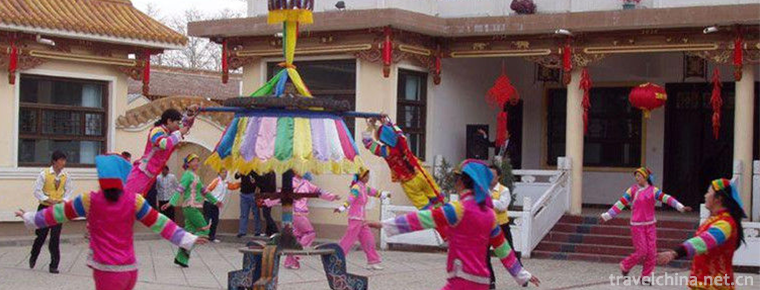
-
Shapotou National Nature Reserve Ningxia
Shapotou: National AAAAA class tourist attraction, national desert ecological nature reserve, global environmental protection 500 best units, national fitness 20 famous landscapes, special prize for s.
Views: 95 Time 2018-12-12 -
Qingjiang Gallery Scenic Area
Qingjiang Gallery Scenic Area, National AAAAA Class Tourist Area, National Geopark, National Forest Park, Ten New Brands of National Cultural Tourism, Ten Best Scenic Areas in Hubei Province, and Hube.
Views: 138 Time 2018-12-12 -
Dayugou Scenic Area
Dayugou Scenic Area is located in Dayugou, Muer Township, Zhuoni County, Gannan Tibetan Autonomous Prefecture. It is 12 kilometers away from the county seat and has a total area of 105214.6 hectares..
Views: 163 Time 2019-01-07 -
Huhu Water Eco Scenic Spot
Located in the southwestern edge of Pingshan County, Hebei Province, the old revolutionary area, the Biaoshui Eco-Scenic Spot has a tourist area of 11.5 square kilometers, an altitude of 800-1100 mete.
Views: 218 Time 2019-01-12 -
Xisha Wetland of Pearl Lake
Located in Luhua Town, west of Chongming Island, Shanghai Mingzhu Lake is the largest natural inland lake on the island. It is also the main area of western water recreation .
Views: 156 Time 2019-02-07 -
Tanggu Dagukou Battery Site Museum
Dagukou Battery Site Museum is located on both sides of the Haihe River estuary in the southeast of Tanggu, Tianjin Binhai New Area. It is a national education and youth education .
Views: 153 Time 2019-02-13 -
GUI Opera
Gui Opera (commonly known as Gui Opera or Gui Ban Opera), Guangxi local traditional drama, one of the national intangible cultural heritage..
Views: 163 Time 2019-05-02 -
Gold and Silver Fine Craft
Gold and silver fine craftsmanship, Huangpu District of Shanghai, Nanjing City of Jiangsu, Jiangdu traditional handicraft, one of the national intangible cultural heritage..
Views: 207 Time 2019-05-07 -
Sichuan Yangqin
Sichuan Yangqin is one of the representative folk songs of Sichuan Province, which is popular in Chengdu, Chongqing, Luzhou, Zigong and other cities and regions. In the early period, it was also calle.
Views: 182 Time 2019-06-16 -
Sun Bin quan
Sun Bin Quan is an ancient and rare traditional boxing in Shandong Province. Its connotation is broad and profound, which was created by Sun Bin, a military strategist in the Spring and Autumn Period .
Views: 163 Time 2019-06-17 -
Timago of Tujia Nationality
The Tujia Tima song, also known as the "Tujia Tima Goddess Song", is an ancient song sung in Tujia language in the activities of Tujia Tima. It mainly distributes in Longshan, Yongshun, Baoj.
Views: 278 Time 2019-06-23 -
Yuejiaquan
Yuejiaquan is one of the traditional Chinese boxing which has been handed down completely in China. It was founded by Yue Fei, a national hero, according to his own learning and combating with the ene.
Views: 153 Time 2019-07-16
